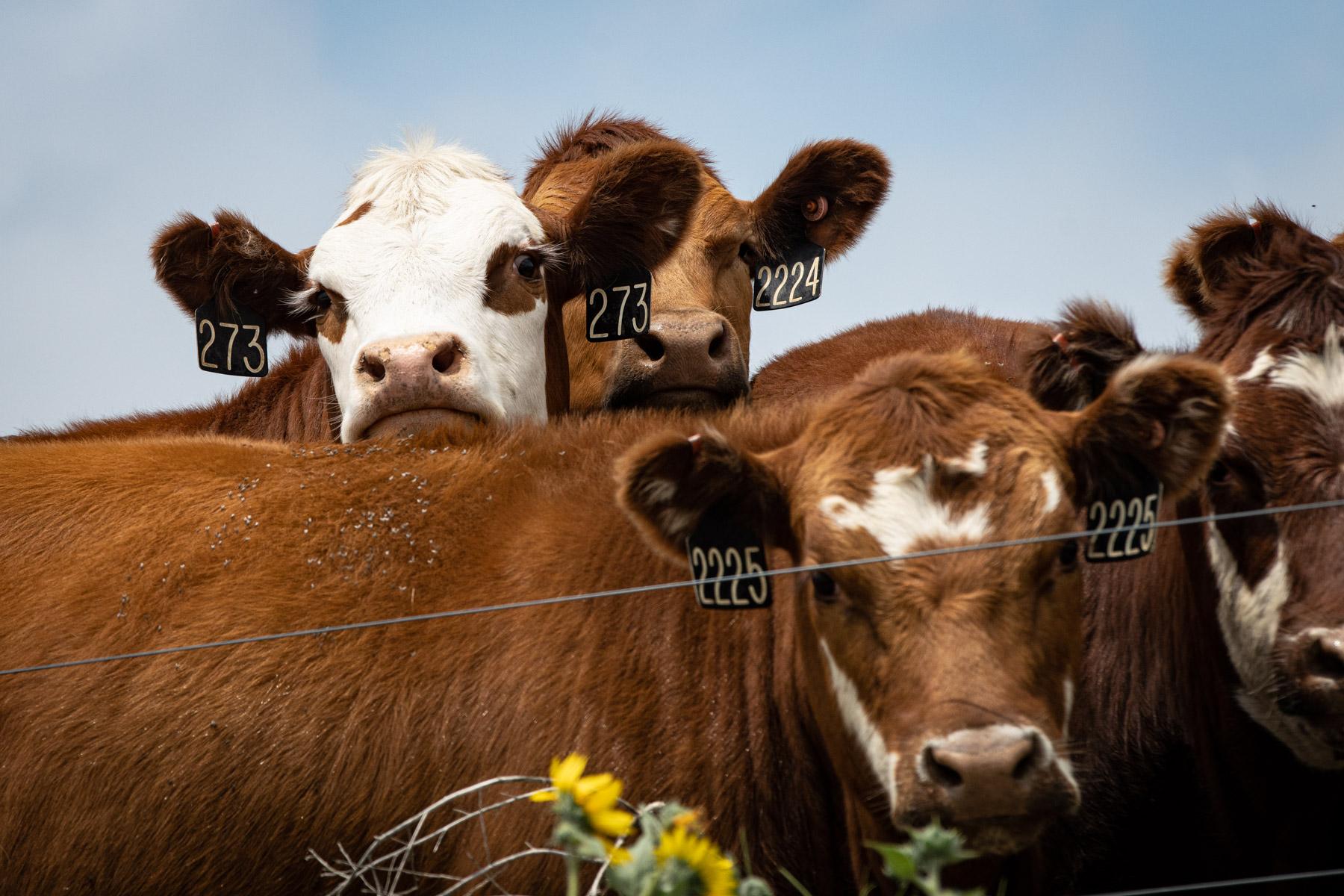
A new study suggests an instrument developed in Colorado could clarify an urgent mystery facing the planet: the amount of climate-warming pollution wafting out of cows and other farm animals.
It’s already clear livestock are a major source of methane, a gas far more efficient at trapping heat into the atmosphere than carbon dioxide in the first century after its release. Cows and sheep release the gas, but contrary to popular belief, flatulence is only a small portion of the overall pollution problem. Most of the emissions occur as livestock burp during their normal digestive process or through the decomposition of manure.
The potency is one reason recent studies estimate animal agriculture accounts for between 11 and 20 percent of all climate-warming gas emissions worldwide. Since that impact dissipates in a matter of decades, experts also agree cutting methane is the fastest way to prevent short-term warming and buy humanity room to transition away from fossil fuels.
What’s less clear is the impact of individual feedlots or agricultural regions. Traditional methods to estimate methane impact rely on standard multiplication, estimating total emissions on a farm based on the raw number of cattle digesting feed into dung. It’s an imperfect technique since different individual animals belch different amounts of methane.
The result is an estimate rather than a measurement, which means regulators and farmers lack real-time information to help implement a growing number of mitigation techniques like different feeds or manure management systems.
A new laser could be one potential solution
To conduct the recent study, published in the peer-reviewed journal Geophysical Research Letters, researchers with the National Institute of Standards and Technology upgraded a device known as a frequency comb laser, which measures air pollution using a specialized light beam.
Kevin Cossel, a NIST researcher and co-author of the study, set up the system outside a van parked in a field near Platteville, Colo., in November 2021. Over the next two months, the device bounced a beam of light off a mirror positioned at a stationary point about a quarter mile away. The laser then revealed the molecular fingerprints of different gases along the pathway.
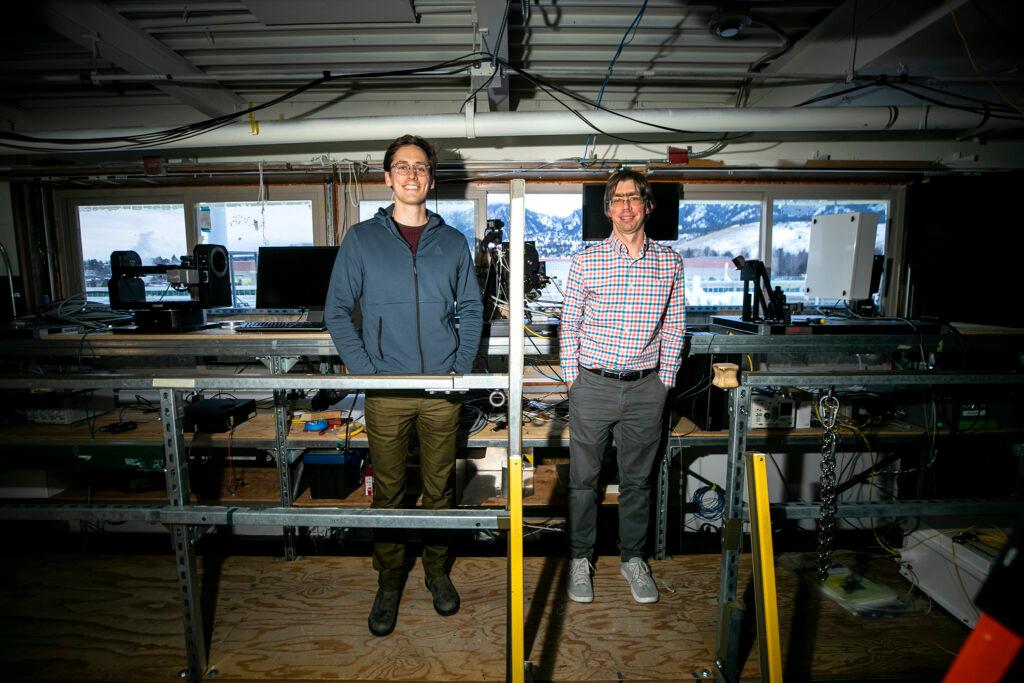
The setup allowed the researchers to track emissions in a 330-square-mile area in Weld County, which contains a large number of oil and gas and cattle-feeding operations. Both are well-known sources of methane. The device tracked two tracer gases — ammonia and ethane — to tie the pollution back to its original source.
Those measurements were then compared to estimates from models developed by the U.S. Environmental Protection Agency.
The results offered a vastly different assessment of each industry. It found emissions from oil and gas operations had plateaued despite rising production, suggesting state and federal regulations might be working to clean up the industry.
Pollution from nearby feedlot operations, however, was 43 percent higher than predicted by EPA models, leading the researchers to conclude livestock could have a larger climate impact than previously thought.
“That was the big surprise,” Cossel told CPR News.
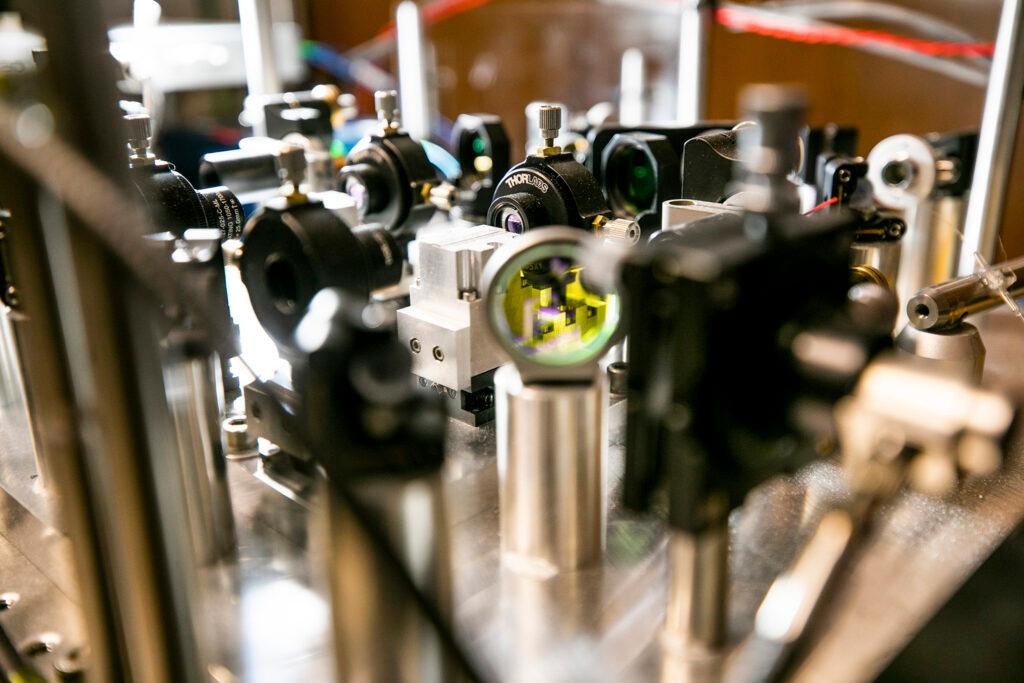
While the scope of the study is limited to a small area over a two-month period, it could have broader implications for greenhouse gas emissions inventories.
Leah Schleifer, a spokesperson for the Colorado Air Pollution Control Division, clarified that the NIST study relied on a “top-down” approach to quantifying emissions. The category covers any method using satellites, aircraft, or ground-based equipment to measure pollution in the atmosphere. Scientists then use computer models to extrapolate those measurements over a larger area or time period.
By contrast, state greenhouse gas inventories rely on a “bottom-up” approach. The technique uses statistics like cattle population to predict overall emissions. Colorado, for example, has estimated livestock production accounted for six percent of greenhouse gas emissions in 2020.
Those figures rely on the same EPA model evaluated in the recent study. Through further research, Cossel said the NIST research could help the federal government improve those models and allow states to create more accurate emission inventories.
A vision for a cow burp app
While large-scale data could guide better policy, some outside observers say it’s not the best approach to livestock emissions.
“It’s great for inventories, but what we need to see is a technology that works hand-in-hand with a producer,” said Chris Gambino, a senior sustainable livestock analyst for the Breakthrough Institute, an environmental research organization.
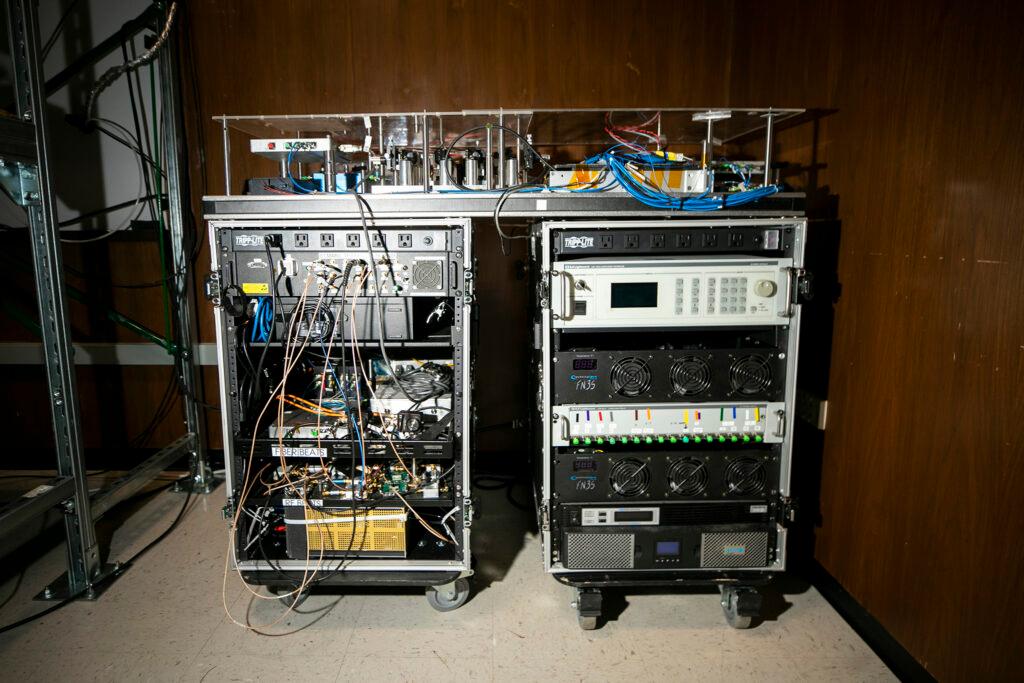
In an ideal world, Gambino says livestock operators could log into a digital dashboard with up-to-date information on emissions. The system would then allow a company to track the effectiveness of different mitigation techniques, like alternative feed diets or even gene-edited cattle.
There’s already a wide range of alternative methods to measure livestock emissions at a small scale. At a Colorado State University facility in Fort Collins, cattle enjoy treats from a specialized GreenFeed Machine that simultaneously analyzes any gas escaping their gut. Other systems seal animals inside plastic chambers to measure any releases.
Gambino is impressed the NIST researchers proved the frequency comb could work in sleet in cold weather. To have a real impact, he thinks the researcher should continue to test the technology in real-world conditions and find ways to develop automated systems to quickly deliver emissions data.
“I'd love to see that be the third or fourth iteration of this,” Gambino said.
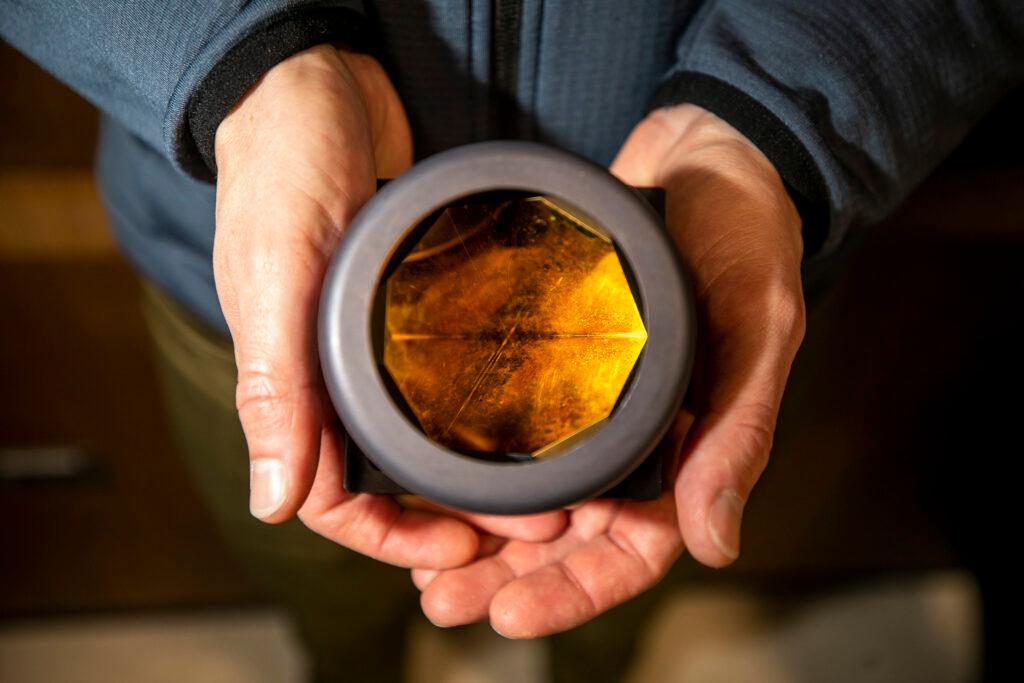
One company already exploring commercial applications is LongPath Technologies. The Boulder-based start-up was born out of similar research into comb frequency lasers at NIST and the University of Colorado Boulder. Last January, the U.S. Department of Energy announced a $189 million loan guarantee to help the company build systems to monitor methane leaks from oil and gas operations across six states.
Caroline Alden, the director of operations for LongPath, said there’s no reason the same systems couldn’t monitor agriculture operations and offer real-time data. She said the only missing piece is a market demand from livestock operators.
“We’re definitely interested in that space,” Alden said.








